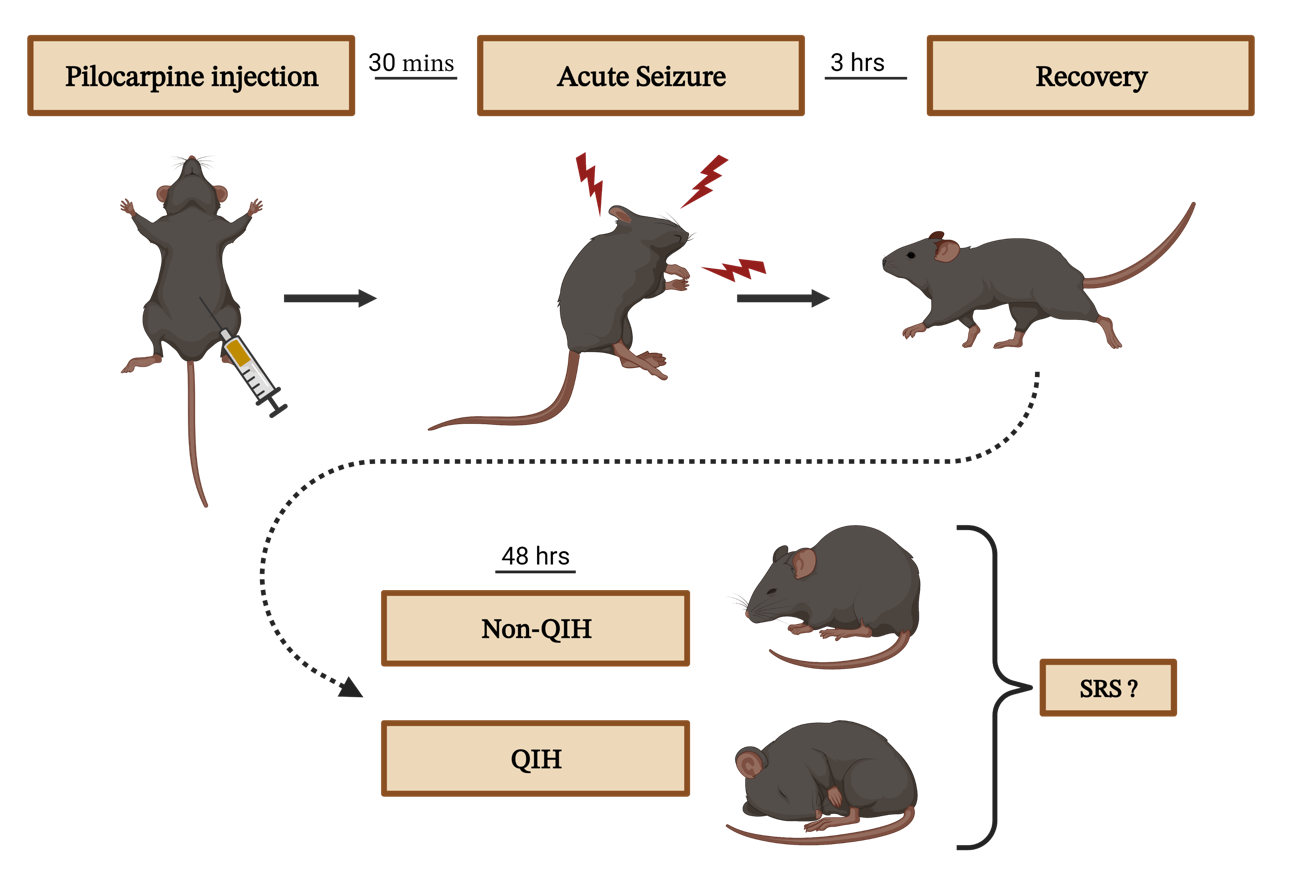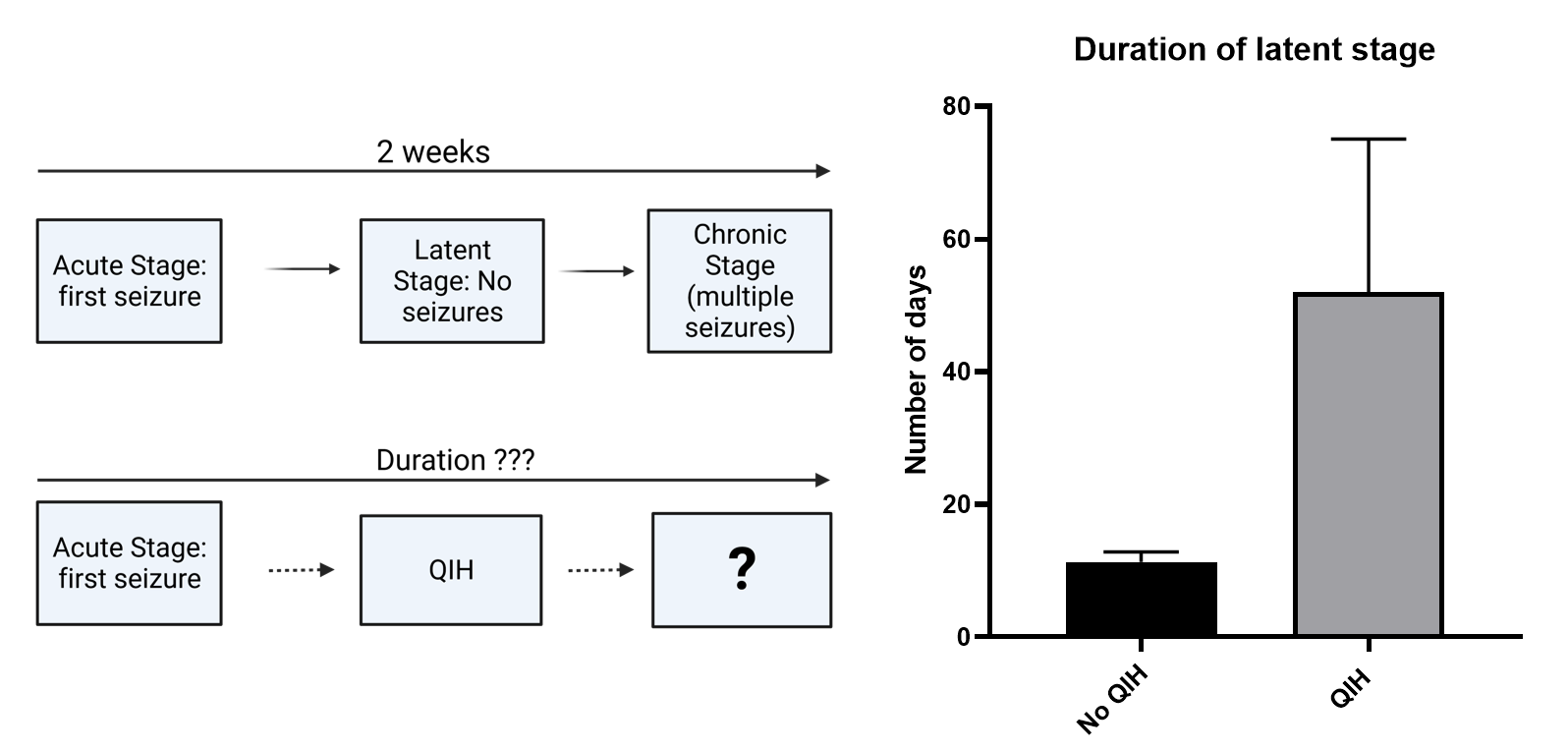Treating Temporal Lobe Epilepsy by Inducing Hibernation (No. 0227)
|
|
<< Back to all technologies |
Summary
Temporal lobe epilepsy (TLE) is the most common form of focal epilepsy and affects more than 60 million people globally. It is a chronic disorder that causes repeated seizures and is difficult to treat pharmacologically. Currently available treatments only work for some patients and, even if implemented successfully, cause severe side effects or provide very short-term relief. A team of OIST researchers led by Prof. Kazumasa Tanaka has developed a novel method of potentially preventing the development of TLE by artificially inducing hibernation. This technology marks a major step toward a pioneering therapeutic approach.
Applications
- Management or treatment of epilepsy
Advantages
- No tissue damage or memory loss after hibernation
- Long term effect
- Potential to be effective for patients that remain uncured by conventional treatments
Technology
This invention stems from the discovery that, in TLE mice, the onset of the chronic stage can be delayed considerably by inducing a state of “hibernation,” or Q-neuron induced hibernation and hypothermia (QIH), during the latent stage. This finding also provides insight into the current debate surrounding the nature of the latent stage of TLE, which progresses through three distinct phases: acute, latent and chronic. QIH was induced using a recently reported protocol that involves activating a special type of neuron, known as the Q-neuron, in the brain. QIH mice showed a latent period three times longer than non-QIH mice and, at the same time, the severity of the disease also appeared to be lessened. Since the Q-neuron is widely conserved across diverse animal species including humans, these results point to significant opportunities for managing or treating epilepsy in other animals such as cats and dogs and, eventually, humans.
Media Coverage and Presentations
CONTACT FOR MORE INFORMATION
![]() Graham Garner
Graham Garner
Technology Licensing Section
![]() tls@oist.jp
tls@oist.jp
![]() +81(0)98-966-8937
+81(0)98-966-8937






